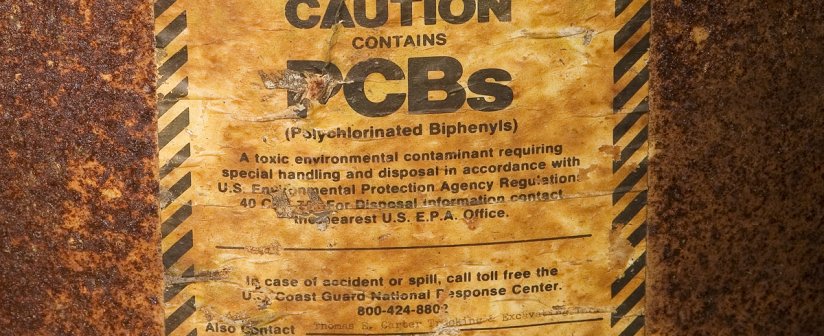The PCBs are a broad category of chemicals that have been well studied over the years. The concerns were initially on its environmental persistence, then the occupational hazards, then the dermal hazards, then the inhalation hazards (more recent).

The toxicology of this family of chemicals is highly complex and the epidemiology is equally complicated. Our firm is aware of the various different claims about these products and have been involved in some of the major litigation over the years.
© 2020 All rights reserved